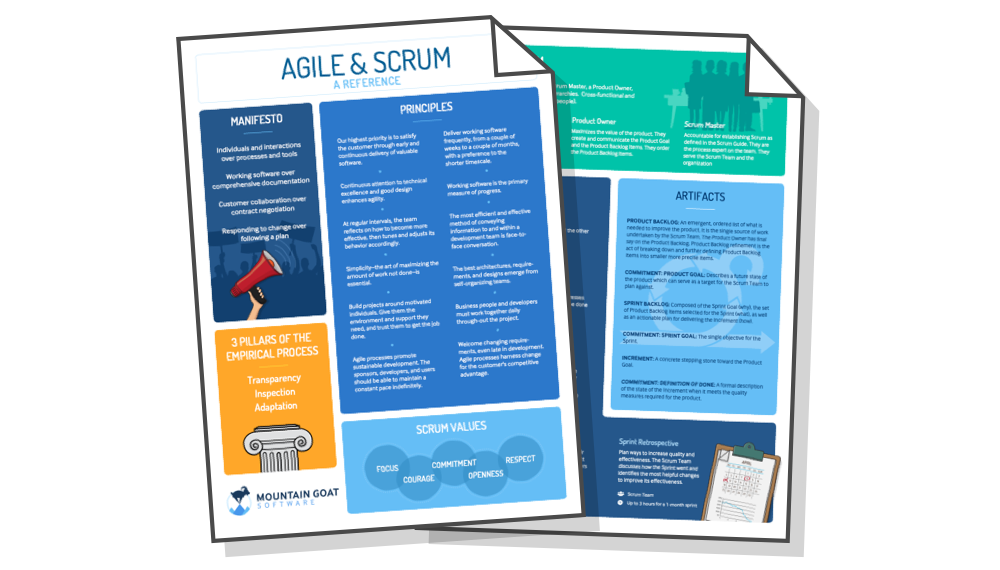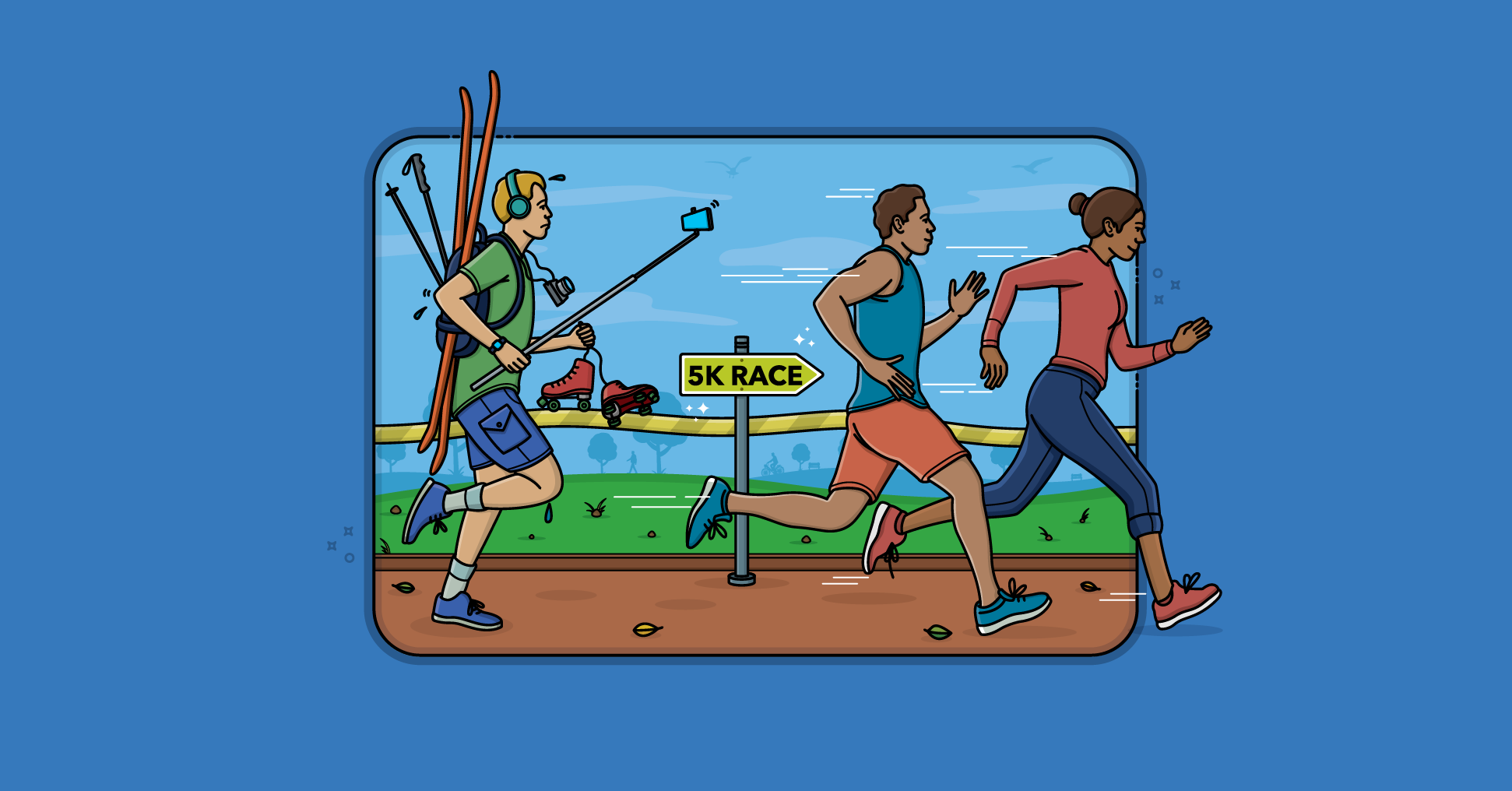As you may know, I am working on a new book, which is called Succeeding with Agile. I recently finished writing a chapter on the impact of the human resources and facilities groups on an organization that is transitioning to an Agile project management approach. While writing that chapter, I put together a list of all the things that I think should be visible within the ideal agile workspace.
Make Progress Visible
Big Visible Charts. Alistair Cockburn coined the term “Big Visible Charts” to describe the charts that agile teams like to hang on their walls. One of the most common of these is the sprint burndown chart, showing the number of hours remaining as of each day of the current sprint.
Charts like these provide a strong visual reminder of the current state of the project. What is shown on these charts will get the attention of team members so display charts showing the most important information for that sprint.
Ron Jeffries suggests considering big visible charts showing the number of passing customer acceptance tests, the pass/fail status of tests by day, sprint and release burndown charts, number of new user stories introduced to the product backlog per sprint, and more.
Additional feedback devices. In addition to big, visible charts, it is common for an agile team to use additional visual feedback devices in their workspace. One of the most common is a lava lamp that is turned on whenever the automated build is broken.
I’ve also worked with teams that use flashing red traffic lights to indicate exceptional conditions such as an issue on a production server. Also popular are ambient orbs and Nabaztag rabbits. Both are wireless programmable devices that can also be configured to change colors, speak messages, or wiggle their ears as a team desires.
Devices like these make a workspace more dynamic, unobtrusively bringing into it information the Scrum team may find helpful.
Make People Visible
Everyone on your team. Each person on the team should ideally be able to see each other person on the team. This absolutely includes the Scrum Master and ideally includes the product owner. I do understand, however, that product owners often have responsibilities to other groups outside the developeres and so may sit near those other groups instead. Still, in an ideal world the product owner would be visible to everyone in the team workspace.
Make Scrum Tools Visible
The sprint backlog. One of the best ways to ensure that everything necessary is completed in the sprint is to make the sprint backlog visible.
The best way to do that is by displaying the sprint backlog on a wall, ideally in the form of a task board. A task board is usually oriented in rows and columns with each row containing a particular user story and one index card or sticky note for each task involved in that story. Task cards are organized in columns, minimally including “To Do” “In Process,” and “Done.”
In this way, team members are able to see work progressing across the task board during the sprint and all work to be done is visible at all times.
The product backlog. One problem with running an endless series of sprints is that each can feel disconnected or isolated from the whole of a planned released or related set of new capabilities. A good way to reduce the impact of this problem is by displaying the product backlog somewhere clearly visible.
This can be as simple as keeping the shoebox full of user stories written on index cards on a table in the middle of the team’s space. Even better, tack the index cards with those upcoming user stories on a wall or use a product backlog tool where all can see the product backlog items. This allows team members to see how the user stories they are working on in the current sprint relate to others that are coming soon.
At least one big whiteboard. Every team needs at least one big whiteboard. Locating this in the team’s common workspace encourages spontaneous meetings. One developer may start using the board to think through a problem; others may notice and offer to help.
Make Comfort Visible
Someplace quiet and private. As important as open communication is, there are times when someone needs some peace and quiet. Sometimes this is for something as simple as a private phone call. Other times it can be to think through a particularly challenging problem without being interrupted.
Food and drink. It’s always a good idea to have food and drink available. These don’t need to be fancy, and they don’t even need to be provided by the organization. I’ve worked with plenty of teams that buy a small under-desk refrigerator and share the expense of buying water bottles or soda for it. Other teams buy a coffee machine, depending on team preferences. Some teams rotate bringing in snacks, both healthful and not.
A window. Windows are often a scarce commodity and are doled out to an organization’s favored employees. One of the nice things about an open workspace is that windows are shared. Even if the view is only of our parking lot and can only be seen across three messy desks, at least I can see the window and some natural light.
It's unlikely that every one of these will be visible from your workspace, but the more of them visible, the better. Let me know what else you think should be visible from within the ideal agile workspace.
Last update: September 14th, 2023








